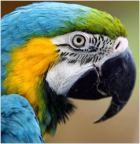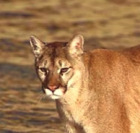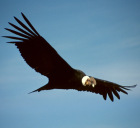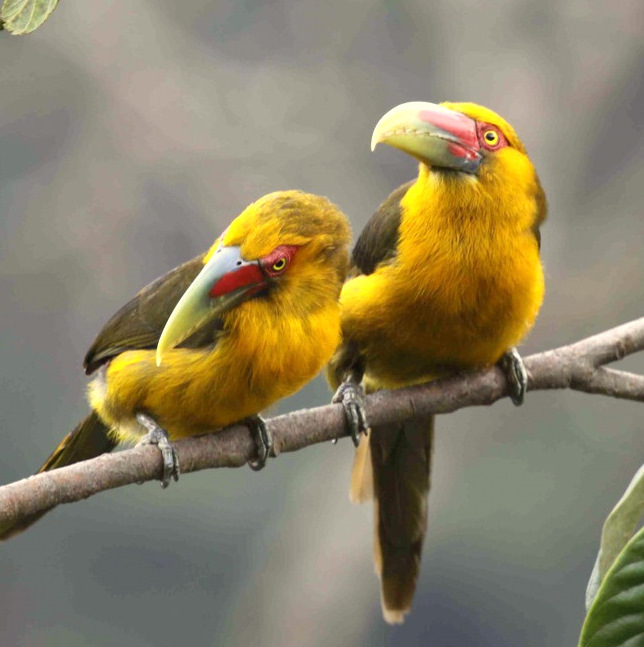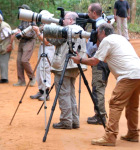AMAZON: Rain Forests, Rivers and Wildlife of Alta Floresta
Most of the great Amazon Basin lies in Brazil. It contains by far the world's largest continuous tropical forest, and holds the world's largest river as well as at least six others of the top 20 worldwide. Most of this region remains biologically unexplored. Almost anyone with the proper background can discover an insect or plant species new to science. The number of known bird, primate, bat and rodent species living here is astounding, and we can only guess as to how many million insect species occur. Some indigenous people can differentiate between plant species that botanists can't tell apart until they get them in a laboratory.
In spite of all this, the first time visitor to the Amazon often sees little more than lush vegetation. In most of the well-visited areas even this is second growth. Man's impact on the basin has been substantial, and it is difficult to find even a small river that is uninhabited.
Our Focus on the Amazon nature tours expedition is designed to let you see the animals and unaltered rain forests. This tour focuses on the little known rain forests of the southern Amazon. It is without doubt one of the richest areas of the Brazilian Amazon, yet remains relatively unexplored. Each tour has the chance of seeing a variety of rare birds and mammals, as well as species that no other tour to date has seen in this part of the Amazon. Our accommodations range from a lodge on the Cristalino River with eight rooms with private bath to our nice hotel in the town of Alta Floresta.
We've seen more mammals here than in any other Amazonian destination. We'll be looking for the very rare and endangered White-nosed Bearded Saki Monkey and the Brown Titi Monkey. Other primate possibilities include Southern Red-necked Night Monkeys, White-fronted Capuchin, Common Woolly Monkey, White-whiskered Spider Monkey, Red, Red-handed and Black-and-Gold Howlers and Bare-ear Marmoset. We saw Jaguar on two of our first six trips here and as recently as November '94, a few after that as well. We also recorded on tour the first confirmed sighting of the very rare Short-eared Dog and also picked up the rare and much sought after Harpy Eagle. Tapirs are often seen swimming across the river in front of the lodge, and most tours see Giant River Otter as well. Three-toed Sloth occurs in the trees in the immediate vicinity. The bird life is equally impressive. At least five species of macaws occur: Hyacinth, Blue-and-Yellow, Scarlet, Red-and-Green, and Chestnut-fronted. Rare and colorful parrots such as the White-bellied, Vulturine, Yellow-crowned, Mealy, and Orange-winged Parrot are here, along with Paradise Jacamar, Red-necked, Lettered, Curl-crested and Chestnut-eared Araçaris. Other specialties include Dark-winged Trumpeter, Rufous-capped Nunlet, Black-girdled Barbet, Gould's Toucanet, Sclater's Antwren, Bare-eyed Antbird, Striolated Puffbird, Chestnut-throated Spinetail, Manu Antbird, Purple-throated Cotinga, White-winged Shrike-Tanager and many, many more.
We should mention another Amazonian destination we are offering, but is not included in this tour: the Rancho Grande in the state of Rondonia. This state faces one of the highest deforestation rates in the Amazon, and at the same time has one of the richest faunas. The Rancho Grande offers comfortable facilities and several forest "islands" rich in wildlife and spectacular for the number of butterflies that occur there. We can combine several days here with our Alta Floresta tour to get a more rounded view of Amazonia as well as substantially increase the number of birds, mammals and other animals you'd see in either place by itself.

